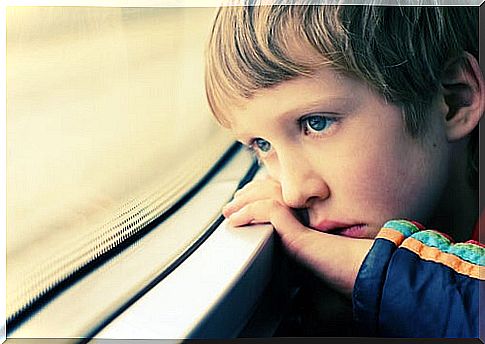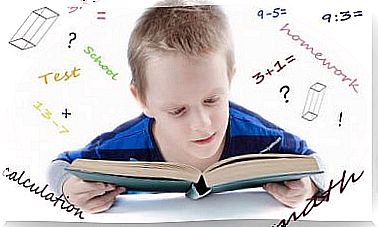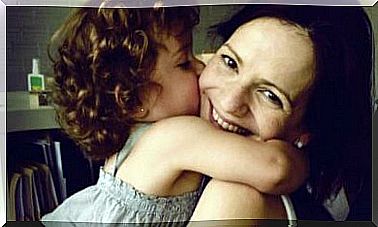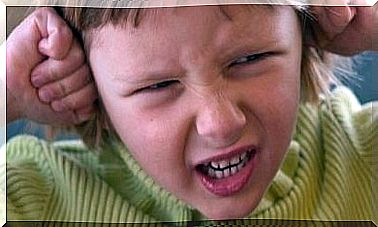Symbolic Play In Children With Autism
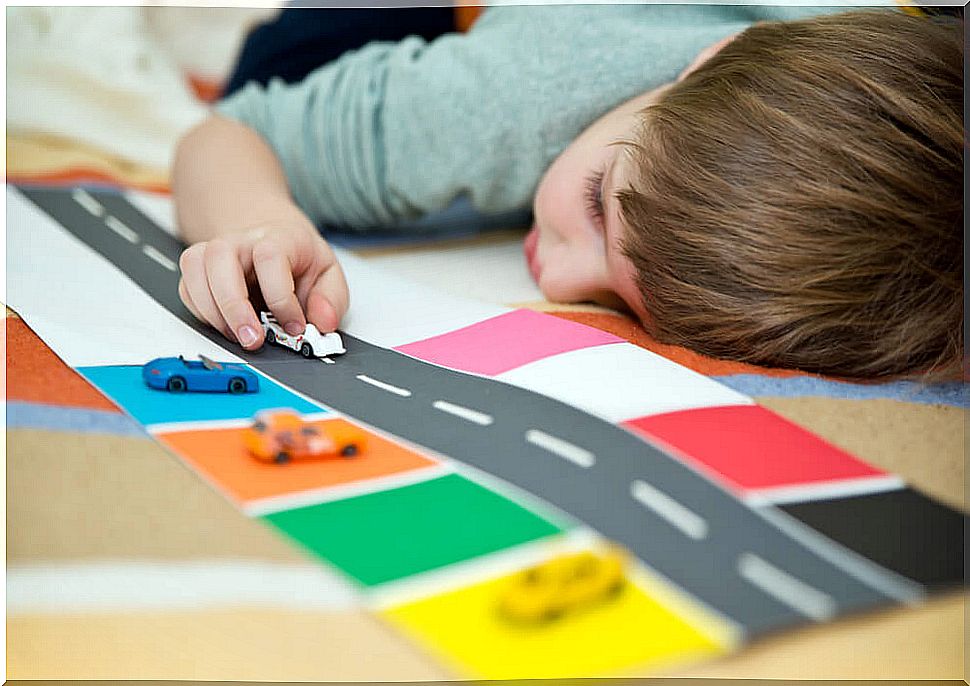
Autism is a neurodevelopmental disorder characterized by significant deficits in communication and social interaction, and by the presence of restricted interests and repetitive behaviors. These symptoms cause that, in many cases, symbolic play in children with autism does not develop normally.
This implies a serious problem, since the game is essential in the maturation process. In fact, playing a multitude of skills and abilities useful for human development is learned.
What is symbolic play?
Symbolic play consists of creating fictions that simulate everyday situations or extracted from sources known to the child (stories, movies, etc.), using objects or assuming roles to recreate an invented story. Thus, the little ones reflect the knowledge they have of the world and their interpretation of it.
Actually, it can be said that this type of game is the most representative and typical of childhood.In addition to being an ideal way for children to express everything they have inside, this ability is also essential to develop creativity and imagination .
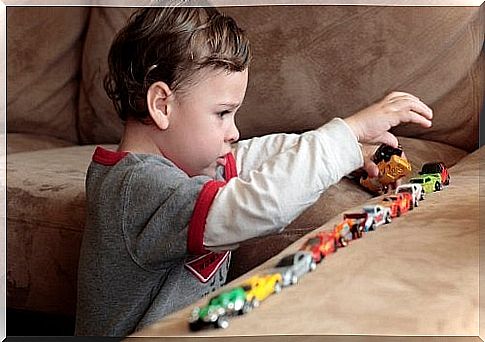
Acquisition of symbolic play
From the first year of life the presymbolic game develops. This preliminary phase refers to the functional use of common objects and simple toys, so that they are used to perform known actions with the body itself. For example, drinking from an empty glass, pretending to be talking on the phone, etc.
Little by little, after reaching the age of two, children are using said objects or toys on passive agents. That is, they begin to recreate everyday life situations with dolls or other people, who serve as recipients of such symbolic actions.
Later, they acquire the ability to assume a role and act as if they were someone else. Therefore, from this moment on, it is common for them to pretend to be teachers, firefighters, doctors, etc.
Also, at first, they play with realistic objects, giving them the function and properties that they are supposed to have. But, as time passes, they learn to play by substituting some objects for others less similar to the real ones. Thus, children can use a box as a bed or a stick as a spoon.
Finally, from the age of four, the symbolic game becomes more complex, so more sequences of actions are carried out and more characters are included during the playful moment. In short, the acquisition of symbolic play develops from the earliest years of childhood and throughout childhood.
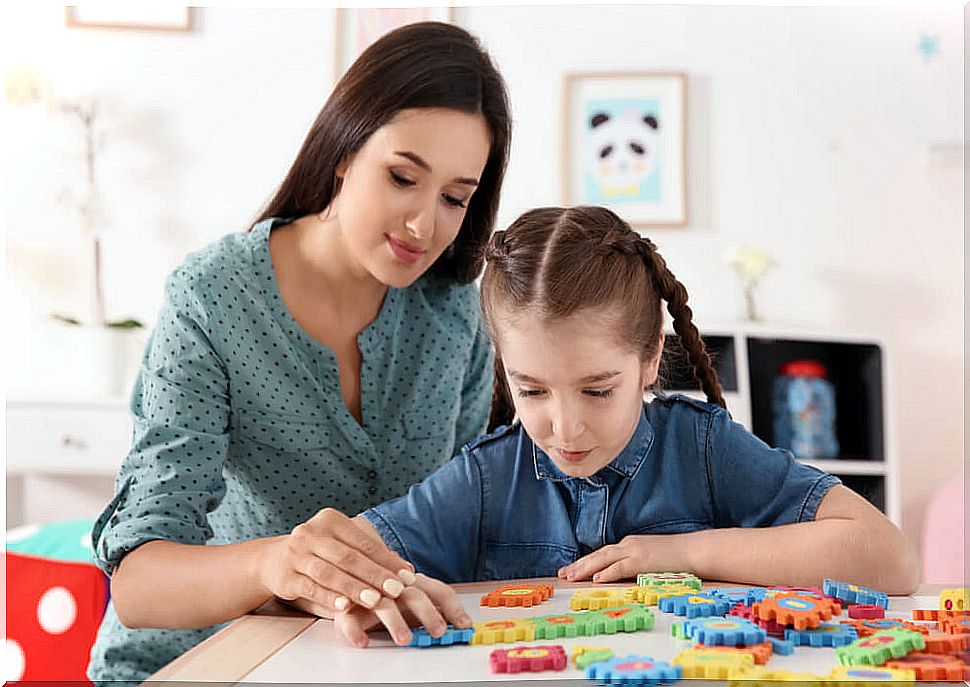
Symbolic play in children with autism
As we have explained before, the ability to make up fictional stories through imagination usually begins to show up after two years. So it appears innately and gradually evolves into a fully elaborated theory of mind.
But in the majority of children with autism spectrum disorders, this is not the case. So they often have difficulties in establishing this mentalistic ability. Therefore, it is necessary to work on this aspect in the intervention of children with autism. Thus, some strategies that can be used to develop and stimulate symbolic play are:
- Teach to play with objects through imitation and guiding the child in their actions.
- Play role-playing games.
- Establish scripts with stories to be represented.
- Create stories with help.
In this way, children with autism interact with the environment in a playful and entertaining way. Which is also closely related to the improvement in communication and social skills of the child.
